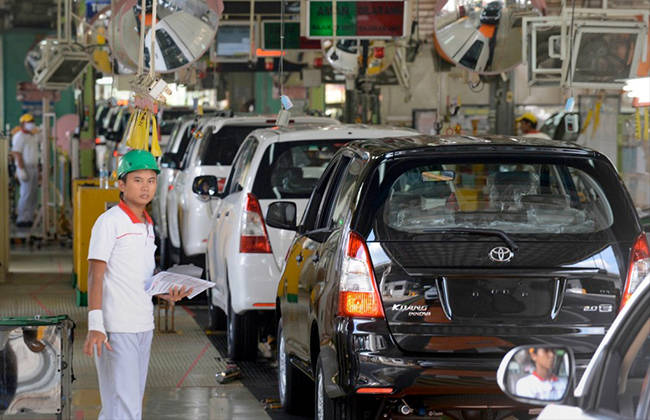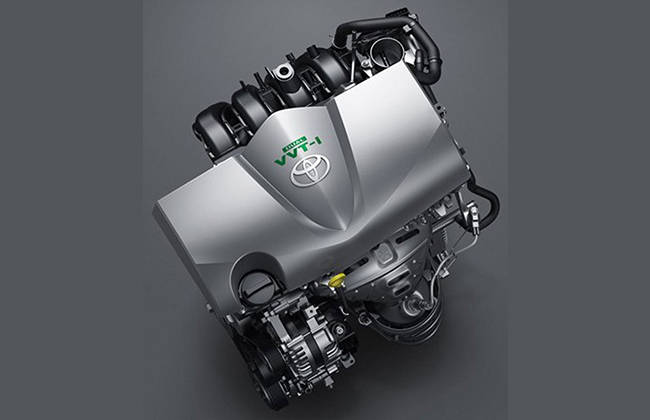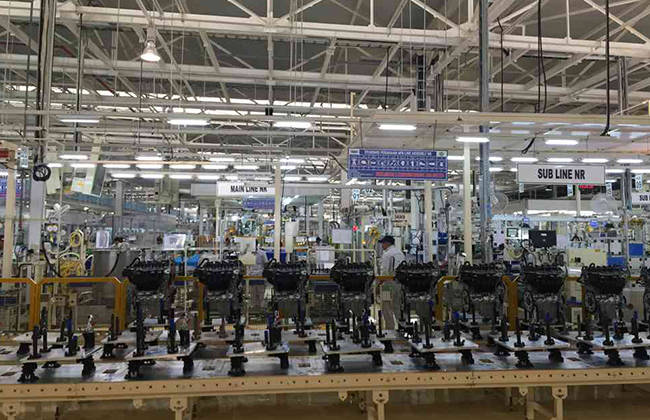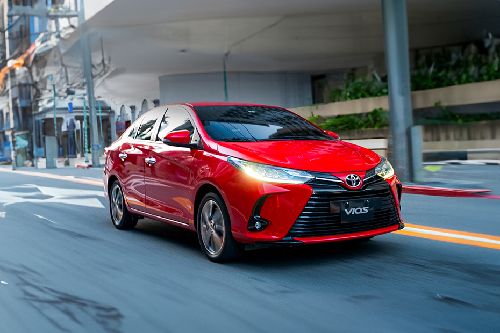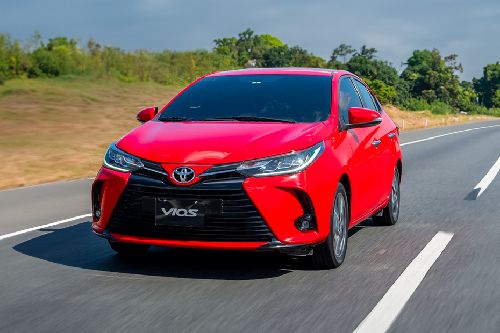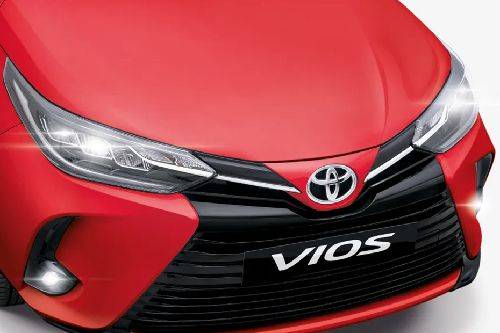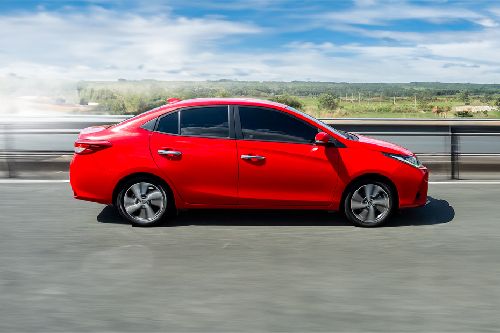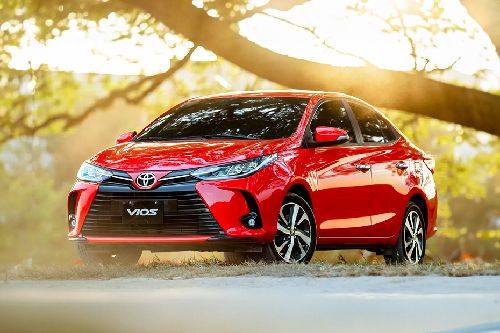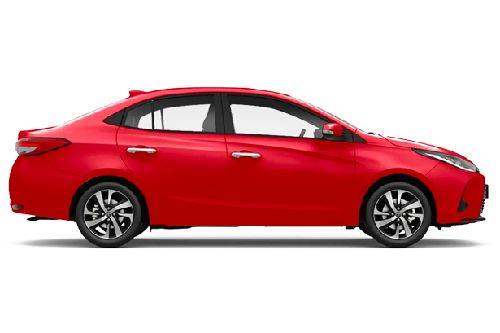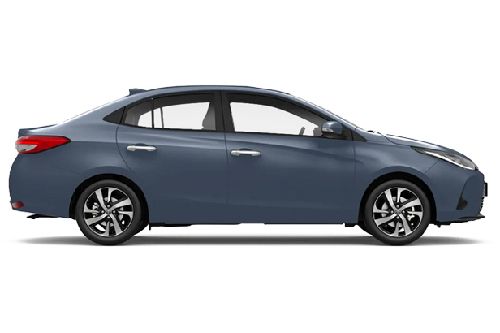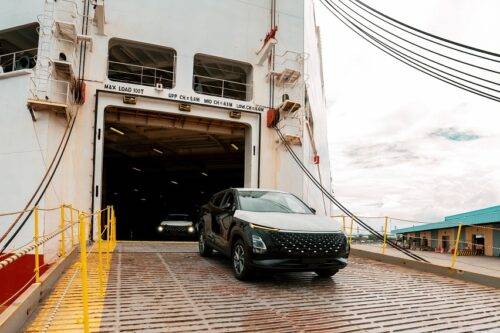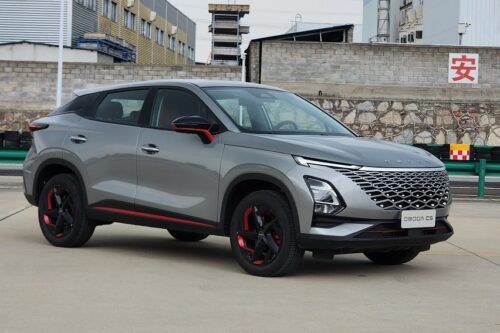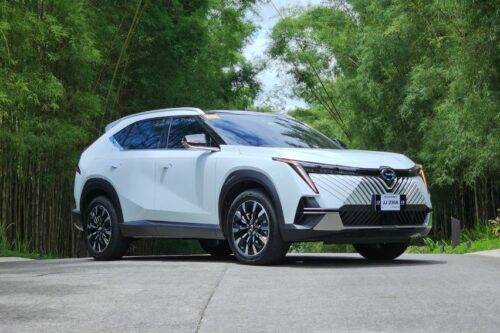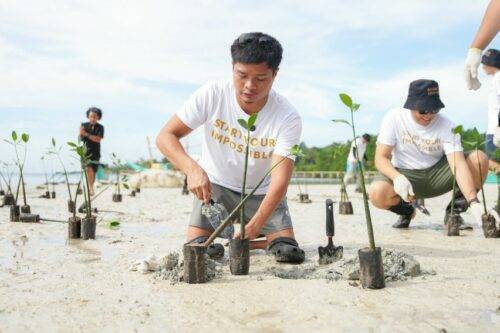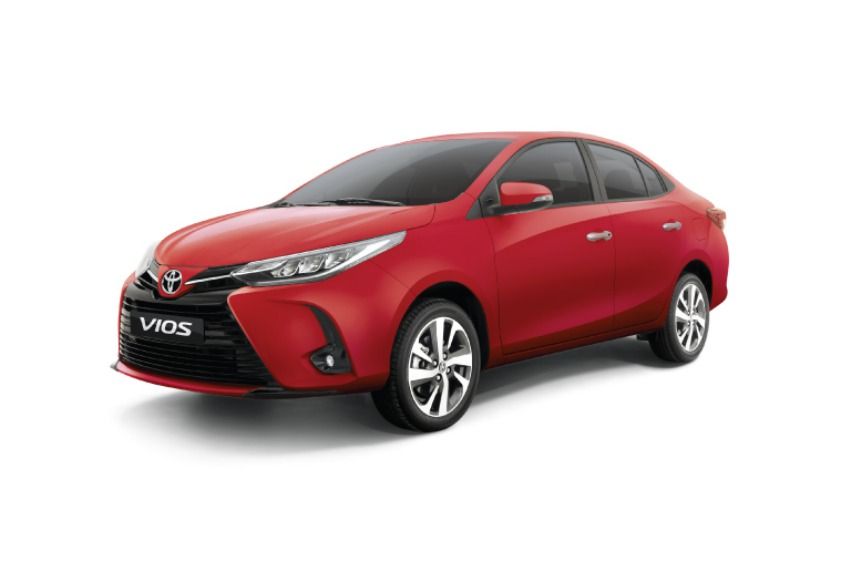Toyota Indonesia Opens Local Plant For Vios Engine Production

MANILA: The latest buzz we received from Toyota last month was related to its decision to locally manufacture the Toyota Innova in Indonesia. And now, another news about the company's engine production plans have come to light. The Japanese auto giant has opened an all-new manufacturing facility for developing Vios Engines in Indonesia, for which the company has put in investment worth 2.3 trillion Rupiah (Php 8,183,706,860.25). The capability of the plant is scaled to produce 216,000 units a year. Additionally, it will build two engine variations, namely the 1.3L and 1.5L mills for the Vios Passenger vehicle. It is interesting to note that this plant will be the third addition, in the already existent plants in the country, located in West Java, Karawang, and Sunter.
Furthermore, this local production is believed to reduce the cost of production of the popular Toyota sedan, increase job opportunities in the country and facilitate a relatively affordable price tag for the respective manufactured model. In conjunction to this, there was a statement given by the Toyota officials where it was mentioned that: “The Model lines, which are produced in Indonesia will expand. Toyota is aiming to make Indonesia the production base for small sedan models.”
Talking in general, it is a pride for the Karawang region to be a part of Toyota's endeavor for the fifth time. Its plants situated in this location under discussion, also produce Kijang Innova, Fortuner, Etios Valco, Vios, and Yaris. In addition, it is noteworthy to state about the hearsay pertaining to the prospective entry of Sienta to join this clan soon. The inauguration ceremony for this recent plant has already been conducted by Toyota Motor Corporation, and hence the plant has started developing engines, that will be used for both domestic and export purposes.
Technical details of the NR engine series include a sophisticated dual VVT-i technology that ensures higher levels of power production, while minimizing fuel consumption. Moreover, the plant will use inorganic cores for developing engine blocks, which will slash the foul odors and tar particle emissions to a great extent. The furnace size has been reduced in order to directly connect the furnace to the casting machine, thus speeding the overall manufacturing process.
In the end, we believe that Toyota may probably consider the Philippines automotive market to be an equally potential resource to look out for any of its future projects.
Also Read: Toyota Vios Cup Season 3, Insights Of Race 1
Sell your car at the best price
 Verified and genuine buyers
Verified and genuine buyers
-
Explore Toyota Vios
Toyota Vios₱732,000 - 1.039 Million Emi Starts : ₱12,557 x 60
Toyota Car Models
Don't Miss
Toyota Vios Promos, DP & Monthly Installment
PIMS 2024
Trending & Fresh Updates
- Latest
- Popular
You might also be interested in
- News
- Featured Stories
Toyota Featured Cars
- Latest
- Upcoming
- Popular
Latest Toyota Vios Car Videos on Zigwheels

Compare & Recommended
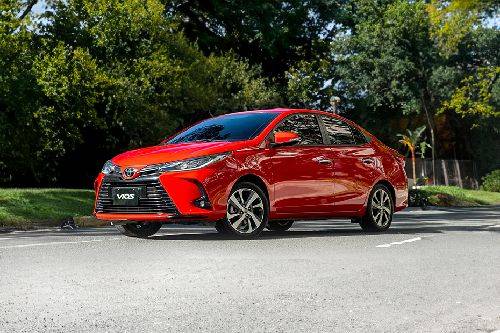
|

|

|

|

|
|
Length
4420 mm
|
4630 mm
|
3760 mm
|
4601 mm
|
3995 mm
|
|
Width
1730 mm
|
1780 mm
|
1665 mm
|
1818 mm
|
1735 mm
|
|
Height
1475 mm
|
1435 mm
|
1515 mm
|
1489 mm
|
1515 mm
|
|
Power
98
|
138
|
65
|
112
|
82
|
|
Torque
123 Nm
|
153 Nm
|
89 Nm
|
150 Nm
|
113 Nm
|
|
Automatic Climate Control
No
|
No
|
No
|
No
|
No
|
|
Multi-function Steering Wheel
No
|
No
|
No
|
Yes
|
No
|
|
Adjustable Seats
Yes
|
Yes
|
4-Way Driver & 4-Way Front Passenger
|
Yes
|
Yes
|
|
Rear A/C Vents
-
|
No
|
-
|
-
|
No
|
|
Keyless Entry
-
|
Yes
|
No
|
Yes
|
-
|
|
|
Trending Sedan
- Latest
- Upcoming
- Popular
Toyota Vios Car Articles From Carmudi
- journal
